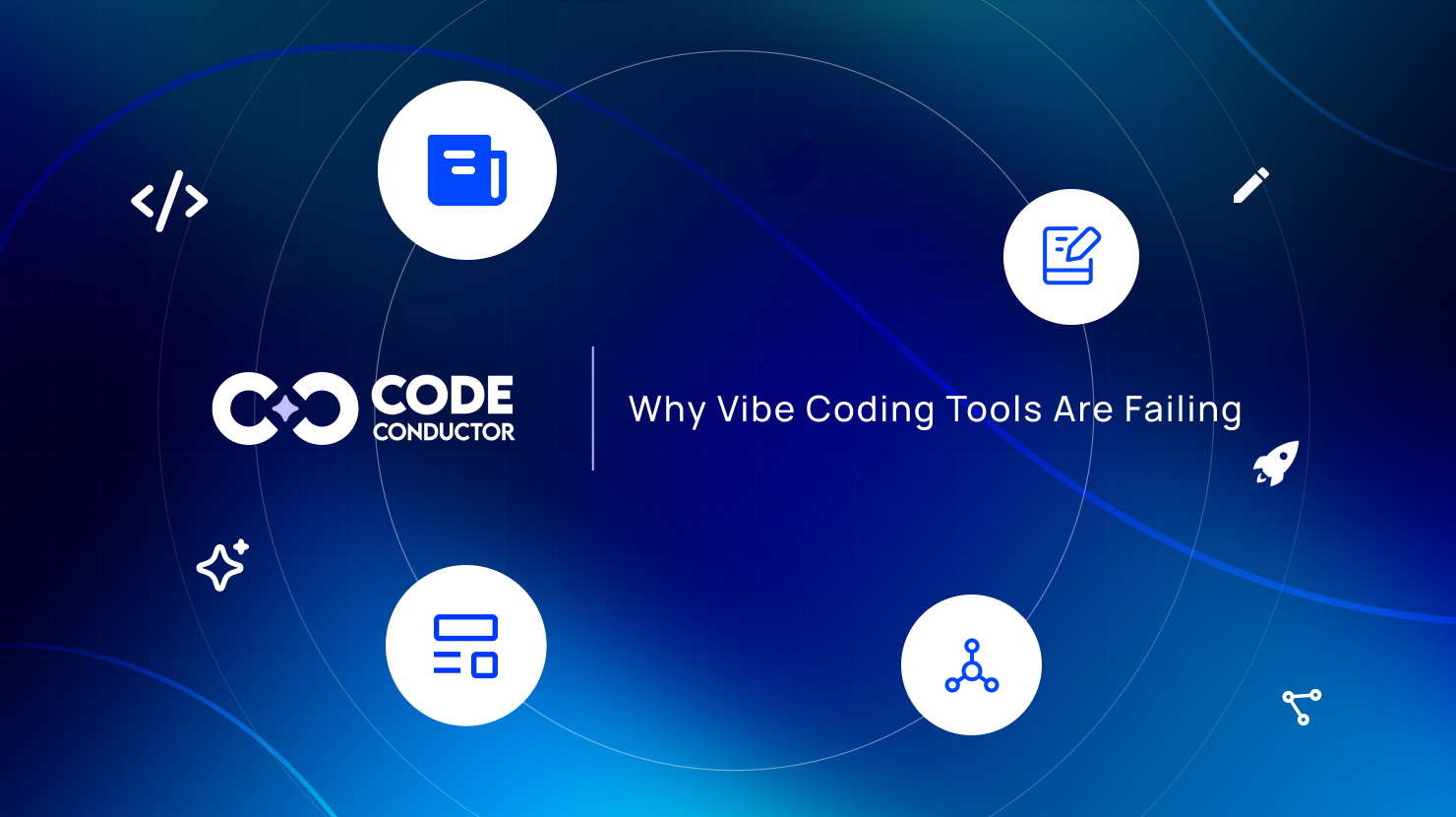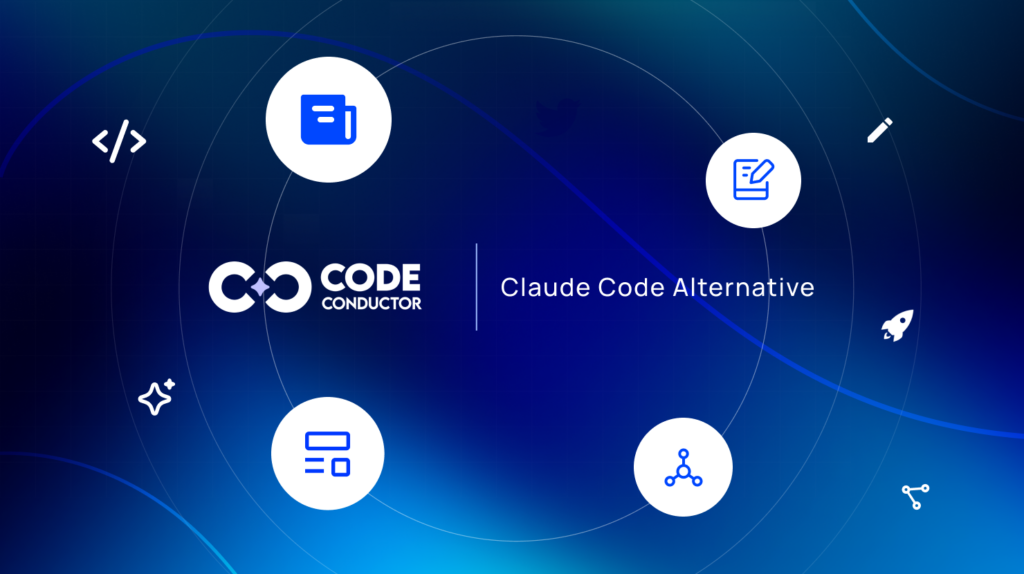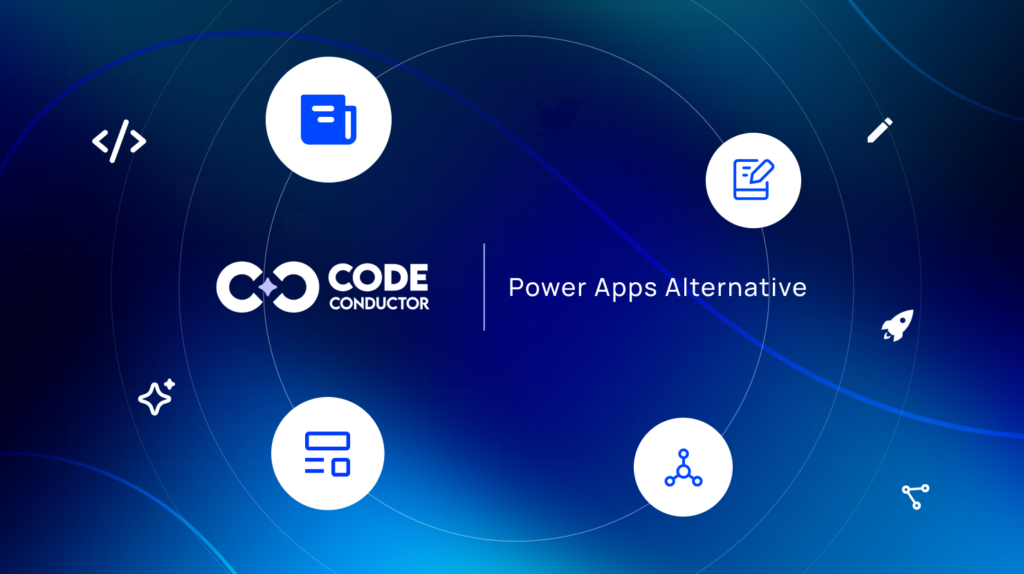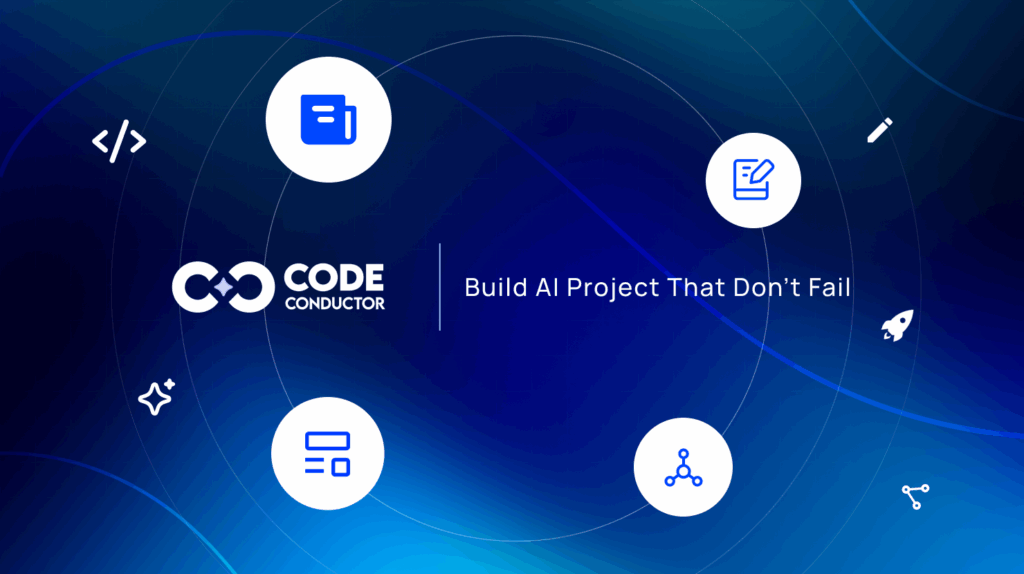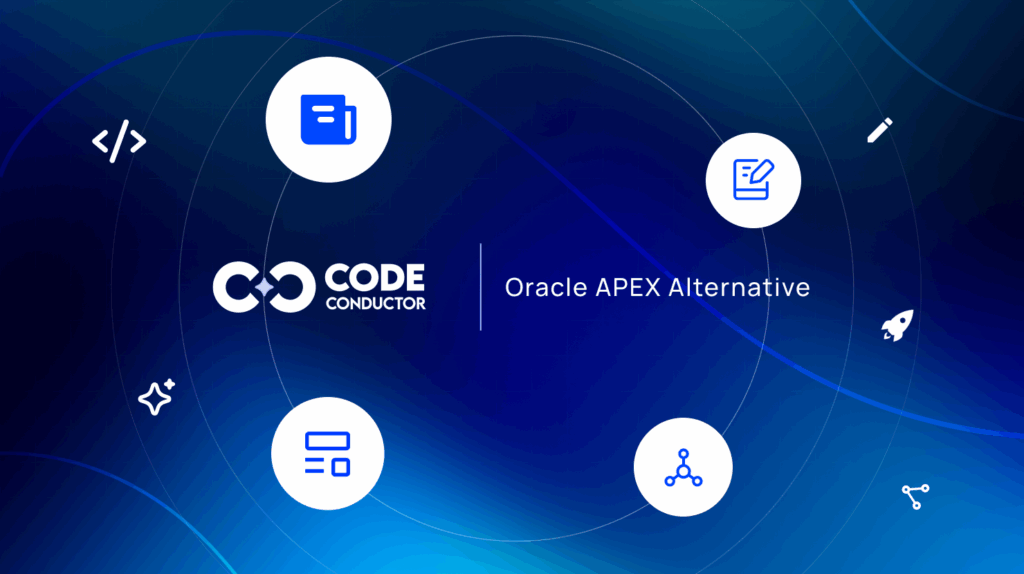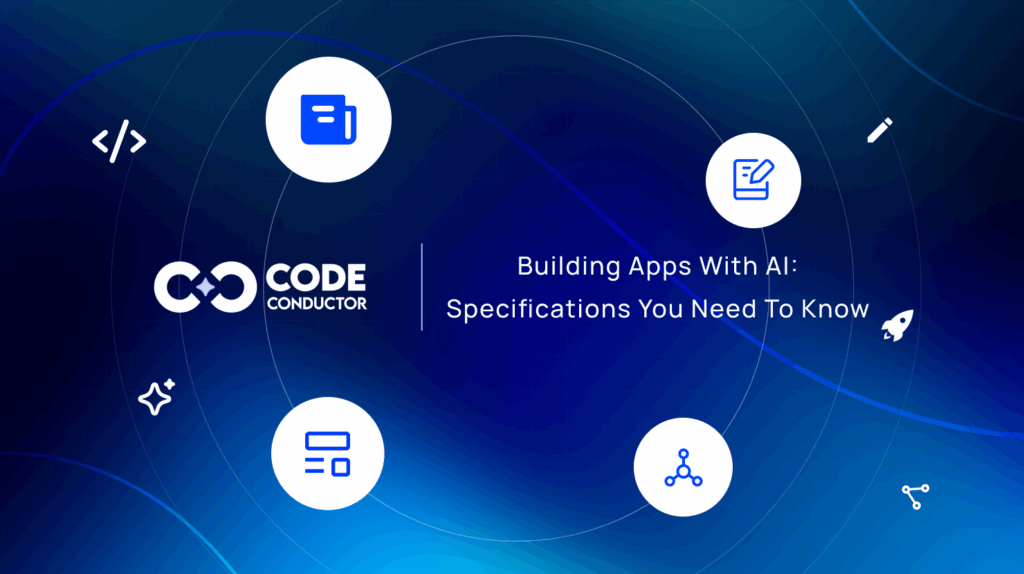Summarize and analyze the key insights at:
Over the past few years, the developer landscape has been flooded with vibe coding tools, AI-assisted platforms and low-code systems that promise to “revolutionize” how software is built. Products like GitHub Copilot, Replit AI, and dozens of others have dominated headlines, not for their reliability, but for their ability to demo impressive code snippets in seconds.
The problem? Most of these vibe coding tools are optimized for virality, not viability.
They’re built to impress during product demos, startup pitches, or social media threads. But when developers try to integrate them into actual production pipelines, the results are often disappointing. Syntax errors, missing logic, no real error handling, what looked like a breakthrough becomes just another debugging headache.
Engineering teams adopt these tools in the hope of improving efficiency. Instead, they often find themselves caught in tool fatigue, switching between vibe coding platforms that promise speed but deliver shallow results. What’s missing is context-awareness, code lifecycle integration, and most importantly, developer trust.
At CodeConductor.ai, we’ve watched this trend unfold, and we’ve taken a fundamentally different approach.
In This Post
- When Vibe Coding Tools Look Good, But Fail to Deliver
- Why Developers Are Let Down by Vibe Coding Tools
- The Fatal Flaws Behind Vibe Coding Tools
- What Happens When Vibe Coding Tools Fail to Deliver
- CodeConductor.ai: A Purpose-Built Platform for Real-World Software Delivery
- Why It’s Time to Replace Gimmicks with Purpose-Built Code Tools
- Build Smarter with CodeConductor.ai
When Vibe Coding Tools Look Good, But Fail to Deliver
There’s a moment many developers have experienced: you paste a prompt into an AI coding tool, hit “Generate,” and watch as clean-looking code fills the screen. At first glance, it feels like magic. But that feeling fades fast when you actually try to run it.
Most vibe coding tools today from GitHub Copilot to Replit AI, excel at producing code that looks right but fails when executed. Missing imports, undefined variables, brittle logic, or worse: silent failures that don’t trigger until deployment.
This problem stems from one core issue lack of contextual understanding. These tools generate code in a vacuum. They can’t assess your architecture, your dependencies, or your broader goals. They aren’t built to understand your existing codebase, your testing protocols, or your error-handling conventions.
Even when the code runs, it often lacks proper structure: no unit tests, no type safety, no error fallback mechanisms. You end up spending more time reviewing and rewriting than if you’d written it manually.
At CodeConductor.ai, we treat this not as a technical bug, but as a design flaw in how most vibe coding tools are built. Our platform focuses on verified output, code integrity, and workflow-aware orchestration, not just flashy text generation. Because real code isn’t a one-off; it’s part of a living system.
Why Developers Are Let Down by Vibe Coding Tools
For all the hype around AI-generated code, the reality is that most teams aren’t just looking for code, they’re looking for outcomes.
Product managers care about features shipped on time. Startup CTOs want systems that scale. Engineering teams want tools that reduce workload, not add new layers of review and rework. Unfortunately, most AI-driven platforms, especially today’s vibe coding tools, stop at the generation phase, leaving devs to carry the rest of the burden alone.
There’s a disconnect: flashy demos might win attention, but they don’t win adoption unless the tool fits seamlessly into a team’s code lifecycle, from planning and implementation to testing, review, deployment, and iteration.
Most vibe coding tools fail here. They don’t integrate with Git workflows. They ignore pull request protocols. They produce code that isn’t CI-friendly. The result? Frustrated teams, abandoned tools, and a growing sense of skepticism around automation in development.
The same issues plague many web coding companies that rely heavily on surface-level automation without addressing real developer needs. These companies often promise speed but fail to deliver scalable, maintainable outcomes.
At CodeConductor.ai, we’ve focused on solving this gap. Our approach is rooted in delivery, not demos. Every output is designed to move a feature closer to production, with contextual awareness of the project, team conventions, and delivery pipelines.
Because in real-world software, shipping clean, tested, production-ready code isn’t optional, it’s the expectation.
The Fatal Flaws Behind Vibe Coding Tools
On paper, AI coding assistants, and the broader wave of vibe coding tools, promise faster development and fewer repetitive tasks. But in practice, most of them fall short, not because the models are weak, but because they’re built on assumptions that don’t reflect how real software is built and maintained.
They assume you’re writing isolated code snippets, not managing a monorepo with shared logic across dozens of modules.
They assume your intent is obvious from a short prompt, but in real development, intent is spread across Jira tickets, Slack threads, legacy files, and multi-tiered architecture.
They assume the model knows enough, when in reality, it’s often trained on outdated public repositories with little exposure to enterprise-grade codebases or domain-specific patterns.
The result? AI suggestions that don’t reflect your business logic, misinterpret your system architecture, or inject subtle bugs that pass review but cause issues later in production.
This is the core flaw in most vibe coding platforms: they focus on surface-level code generation instead of deeper, context-aware orchestration. They deliver outputs that look good in the editor but collapse under the complexity of real-world development.
In the end, a vibe coding tool that generates fast code without understanding where it fits will always be a liability, not an asset.
What Happens When Vibe Coding Tools Fail to Deliver
When a tool overpromises and underdelivers, the impact isn’t just technical, it’s cultural. Teams lose trust. Sprints fall behind. Leadership questions tool investments. Developers burn out.
We’ve seen this cycle repeat with countless AI dev tools. Teams onboard with excitement, only to abandon the platform within weeks. Why? Because the promise of “faster coding” quickly turns into hours of fixing brittle output, patching broken logic, and re-reviewing things that should have just worked.
Even worse, many tools leave behind something far more damaging than bugs: technical debt. Poorly structured code, rushed integrations, missing test coverage, all wrapped in layers of auto-generated complexity. This slows teams down long after the tool is gone.
These broken promises create tool fatigue, where devs stop believing any tool can help. And that skepticism has real cost: teams revert to manual work, velocity drops, and innovation stalls.
At CodeConductor.ai, we’ve designed our platform around follow-through, not flash. Every feature is evaluated not by how “cool” it is, but by how much unnecessary work it prevents. Because developer trust isn’t just earned, it has to be protected.
CodeConductor.ai: A Purpose-Built Platform for Real-World Software Delivery
When many AI coding tools promise magic but deliver half-baked code, CodeConductor.ai positions itself differently, as a platform made not for demos, but for deployment.
- From Text to Production in Minutes: At its core, CodeConductor transforms your simple plain-English prompt into a full-fledged, production‑ready application. It handles front-end, back-end, APIs, databases, authentication, security, and deployment, all automated under the hood.
What’s especially powerful is that it maintains full code access, so you’re never locked into black-box AI output. - Flexibility & Control: Unlike vibe tools that push you into rigid frameworks, CodeConductor lets you choose your language and framework (e.g. React, Spring Boot) and even switch them mid-project via one-click transformations.
You can export your code, self-host, or deploy on VMs, Kubernetes, or your preferred cloud, meaning there’s no vendor lock-in. - Built for Scale & Enterprise: For startups and enterprises alike, CodeConductor supports scalable infrastructure out-of-the-box and enforces enterprise-grade security measures: encryption, audits, SSO, RBAC (role-based access control), the full stack.
It also supports integration with common tools and services (e.g. analytics, third-party APIs) so your AI-built apps can fit cleanly into existing ecosystems. - Expert Finish & Marketplace: While CodeConductor automates much, it acknowledges complexity doesn’t disappear entirely. For edge cases or performance optimizations, they offer a marketplace of expert developers to refine or polish what’s automatically generated merging the best of AI speed with human craftsmanship.
- Keeping Trust Through Delivery: Because the platform handles the deployment path end-to-end and gives users control over code and infrastructure, it avoids the trap other tools fall into, flashy outputs that don’t make it into production. It’s a tool built on follow-through, not just flash.
Why It’s Time to Replace Gimmicks with Purpose-Built Code Tools
The AI coding space doesn’t need more noise, it needs more signal. Engineers aren’t looking for entertainment in their tooling. They’re looking for tools that work, integrate cleanly, and support real software delivery.
What today’s developers want isn’t a one-click gimmick, it’s a platform that respects their workflow, understands their complexity, and makes them faster without compromise.
That’s what makes CodeConductor.ai different. It isn’t just another tool in the hype cycle. It’s a purpose-built platform that bridges automation with architecture, speed with structure, and flexibility with accountability.
As engineering leaders evaluate their tech stack, one question should guide every decision:
Does this tool help us ship faster, safer, and smarter in production?
If it doesn’t, it’s time to rethink the tools. Because in the world of software, results are the only metric that matter.
Build Smarter with CodeConductor.ai
If you’ve been burned by AI tools that overpromise and underdeliver, you’re not alone. The good news? There’s a better way forward.
CodeConductor.ai is the first AI-powered platform built from the ground up to help developers, founders, and product teams go from prompt to production, without losing control, quality, or flexibility.
Whether you’re shipping your next MVP, scaling a startup, or modernizing legacy systems, CodeConductor gives you everything you need:
- Instant app generation with full-stack control
- Real-time Git integration and code export
- Infrastructure flexibility (VMs, Kubernetes, self-hosted)
- Built-in enterprise security and team governance
- Access to expert devs when you need a final polish
Start building today at codeconductor.ai, and stop settling for code that doesn’t deliver.
Because great software doesn’t come from tools that just look good, it comes from tools that help you ship better, faster, and smarter.
Summarize and analyze the key insights at:

Founder CodeConductor

